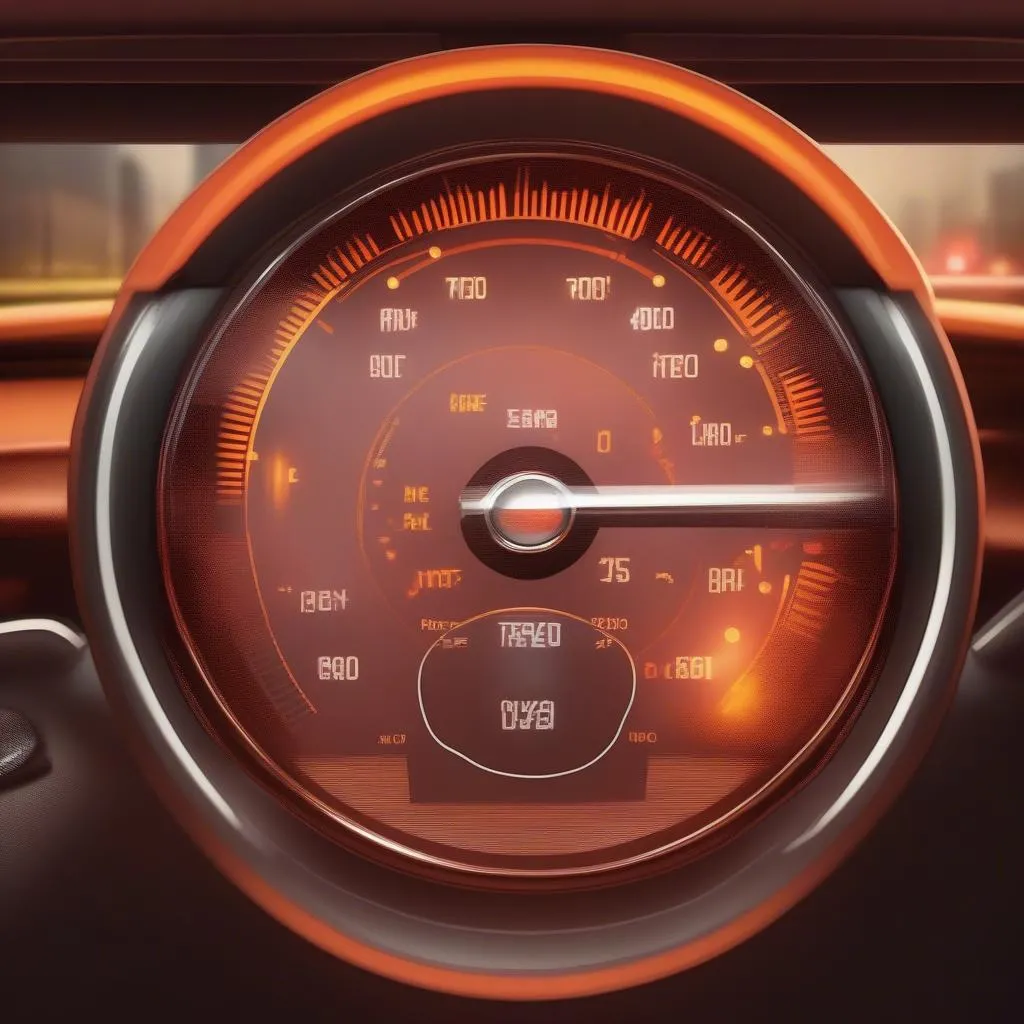Imagine this: you’re cruising down Route 66, windows down, radio blasting Bruce Springsteen. Suddenly, your engine coughs, sputters, and dies. Frustration mounts as you realize a check engine light is staring back at you. Sound familiar? We’ve all been there! This is where the magic of scan tool diagnosis comes into play.
What is Scan Tool Diagnosis?
Whether you’re a seasoned mechanic in a bustling Detroit garage or a car enthusiast tinkering in your Alabama garage, understanding scan tool diagnosis is crucial.
-
For the Pros: Scan tool diagnosis is the backbone of modern car repair. It allows mechanics to tap into the car’s computer, the Engine Control Unit (ECU), and decipher those cryptic Diagnostic Trouble Codes (DTCs). This helps pinpoint the root of the problem, from a faulty oxygen sensor in a Toyota Camry to a misfiring cylinder in a Ford F-150.
-
For the Enthusiasts: Think of it as having a direct line to your car’s brain. With a scan tool, you can demystify those dashboard warning lights, monitor engine performance, and even personalize certain vehicle settings.
-
The Bottom Line: Scan tool diagnosis saves time, money, and unnecessary headaches by providing accurate and efficient troubleshooting.
 Mechanic using scan tool for diagnosis
Mechanic using scan tool for diagnosis
Navigating the World of Scan Tool Diagnosis
Types of Scan Tools:
From basic code readers to advanced professional-grade systems, there’s a scan tool for every need and budget.
- OBD-II Code Readers: These entry-level tools, often found at your local auto parts store, read and clear basic engine-related DTCs.
- Mid-Range Scan Tools: Offering more advanced features like live data streaming and some bi-directional control, these are perfect for DIYers tackling more complex repairs.
- Professional Dealer-Level Scan Tools: These are the heavy hitters used by dealerships and specialized mechanics. They offer comprehensive system coverage, advanced programming functions, and access to manufacturer-specific data. For example, if you’re working on European cars, a dealer scanner for European cars is a must-have. You can learn more about them in our article about European car scan tools.
Common Scan Tool Uses:
- Check Engine Light Diagnosis: This is the bread and butter of scan tool use. Identify the DTC triggering the light, research its meaning, and troubleshoot accordingly.
- ABS and Airbag System Diagnosis: Modern scan tools can delve into these critical safety systems, helping diagnose issues with brakes, traction control, and airbag deployment.
- Transmission System Diagnosis: Diagnose slipping gears, rough shifting, and other transmission problems that can be a real pain to pinpoint without a scan tool. Check out our article on scan tools for transmission diagnosis for more information.
- Live Data Monitoring: Observe real-time sensor readings like engine RPM, coolant temperature, and oxygen sensor voltage to get a dynamic view of your engine’s performance.
Making Sense of it All:
- Understanding DTCs: DTCs are like puzzle pieces. Learn to decipher their alphanumeric codes (e.g., P0301 indicates a misfire in cylinder 1). Reliable online resources and repair manuals are your friends here!
- The Importance of Research: A scan tool is only as good as the information you use alongside it. Always cross-reference DTCs with reputable sources and vehicle-specific repair information.
 Car dashboard with check engine light illuminated
Car dashboard with check engine light illuminated
Troubleshooting with Scan Tools: A Step-by-Step Guide
- Locate the OBD-II Port: This standardized port is usually found under the driver’s side dashboard.
- Connect the Scan Tool: Turn the ignition to the “on” position (engine off) and connect your scan tool.
- Read the Codes: Follow your scan tool’s instructions to retrieve the stored DTCs.
- Research and Interpret: Jot down the codes and research their meaning. Look for common symptoms and potential causes.
- Clear the Codes: After addressing the issue, clear the codes using your scan tool.
- Verify the Fix: Take your car for a test drive to see if the problem is resolved. If the check engine light pops back on, further diagnosis might be needed.
Frequently Asked Questions
Q: Can I use any scan tool on my car?
A: Most cars manufactured after 1996 in the US are equipped with the OBD-II standard, making them compatible with most scan tools. However, certain makes and models, particularly European cars, may require specialized scan tools.
Q: Will a scan tool tell me exactly what’s wrong with my car?
A: Scan tools are powerful diagnostic tools, but they don’t always provide a definitive answer. They point you in the right direction by highlighting potential problem areas.
Q: Do I need to be a mechanic to use a scan tool effectively?
A: Basic scan tool operation is relatively straightforward. However, a deeper understanding of automotive systems is crucial for accurate diagnosis and repair.
Q: What are some other uses for scan tools beyond diagnostics?
A: Many scan tools offer features like resetting oil life monitors, programming new keys, and performing TPMS (Tire Pressure Monitoring System) relearns.
Need Help With Your Car Diagnostics?
Contact us on Whatsapp at +84767531508 for expert support with your diagnostic tool needs. Our team of automotive specialists is available 24/7 to assist you.
The Final Word
Scan tool diagnosis is a game-changer in the world of car repair, empowering both professionals and DIYers to tackle car troubles with confidence. Remember, knowledge is power. Arm yourself with a reliable scan tool and the right information, and you’ll be well-equipped to keep your car running smoothly for miles to come.